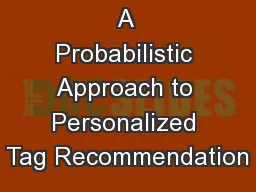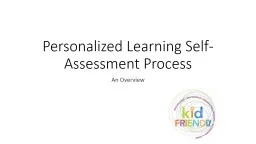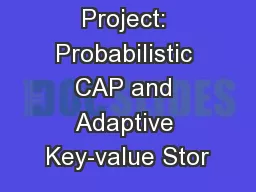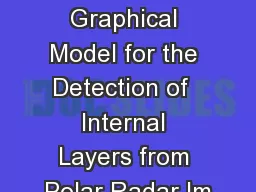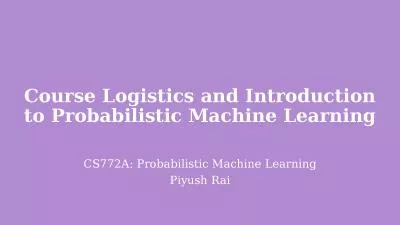PPT-A Probabilistic Approach to Personalized Tag Recommendation
Author : mitsue-stanley | Published Date : 2017-01-15
Meiqun Hu EePeng Lim and Jing Jiang School of Information S ystems Singapore Management U niversity 1 Social tagging allows users to annotate resources with tags
Presentation Embed Code
Download Presentation
Download Presentation The PPT/PDF document "A Probabilistic Approach to Personalized..." is the property of its rightful owner. Permission is granted to download and print the materials on this website for personal, non-commercial use only, and to display it on your personal computer provided you do not modify the materials and that you retain all copyright notices contained in the materials. By downloading content from our website, you accept the terms of this agreement.
A Probabilistic Approach to Personalized Tag Recommendation: Transcript
Download Rules Of Document
"A Probabilistic Approach to Personalized Tag Recommendation"The content belongs to its owner. You may download and print it for personal use, without modification, and keep all copyright notices. By downloading, you agree to these terms.
Related Documents

